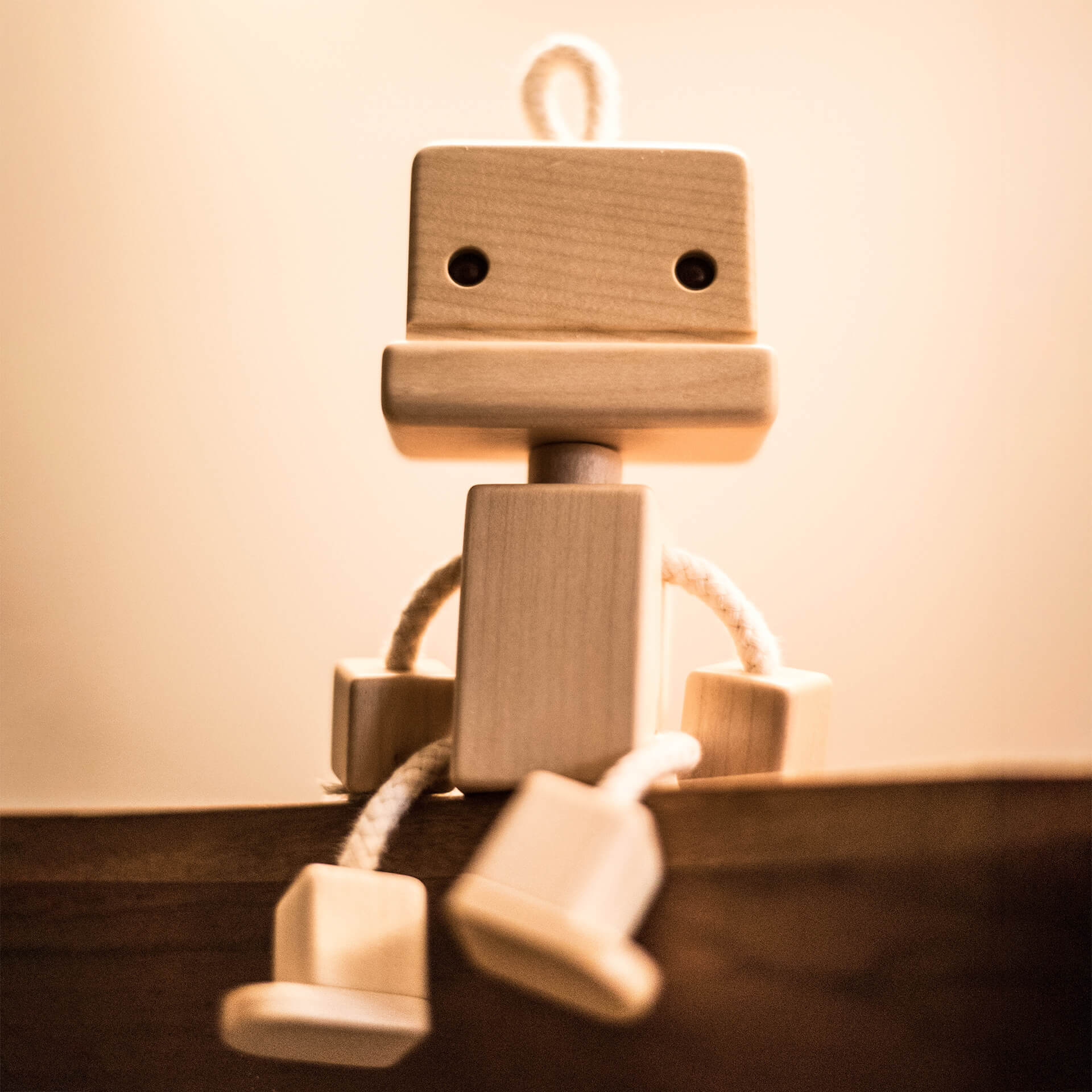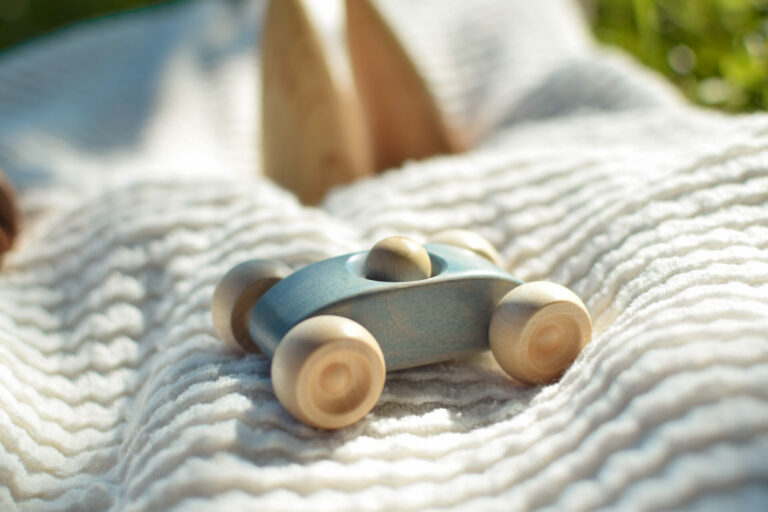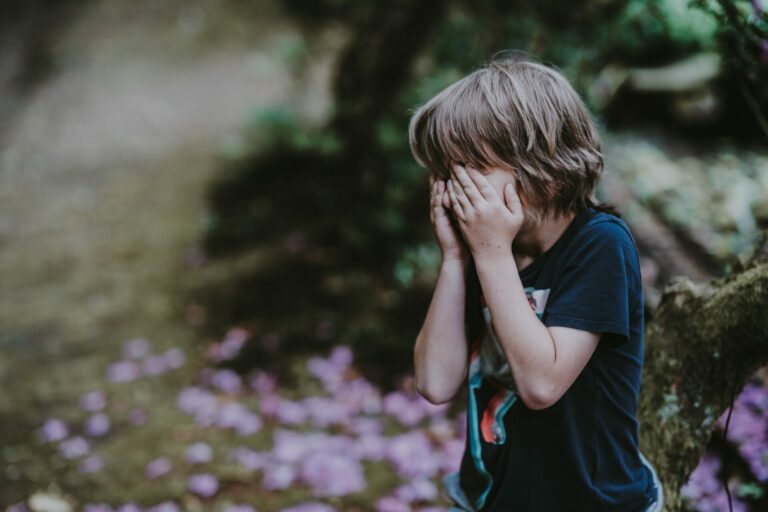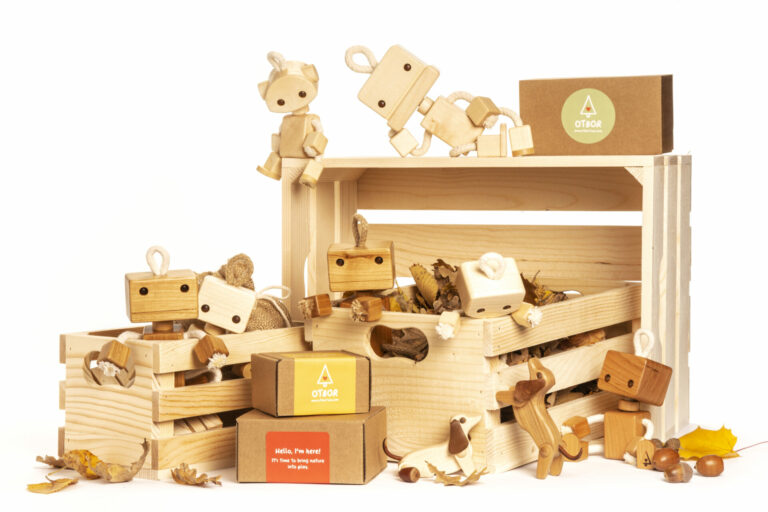In a world increasingly burdened by plastic waste and overconsumption, the choices we make for our children matter more than ever. From the food they eat to the toys they play with, each decision offers a chance to shape their mindset and values. That's where eco toys come in — beautifully crafted, biodegradable, non-toxic, and rooted in sustainability.
At the heart of eco toys is a simple idea: our kids deserve toys that are good for them — and good for the planet.
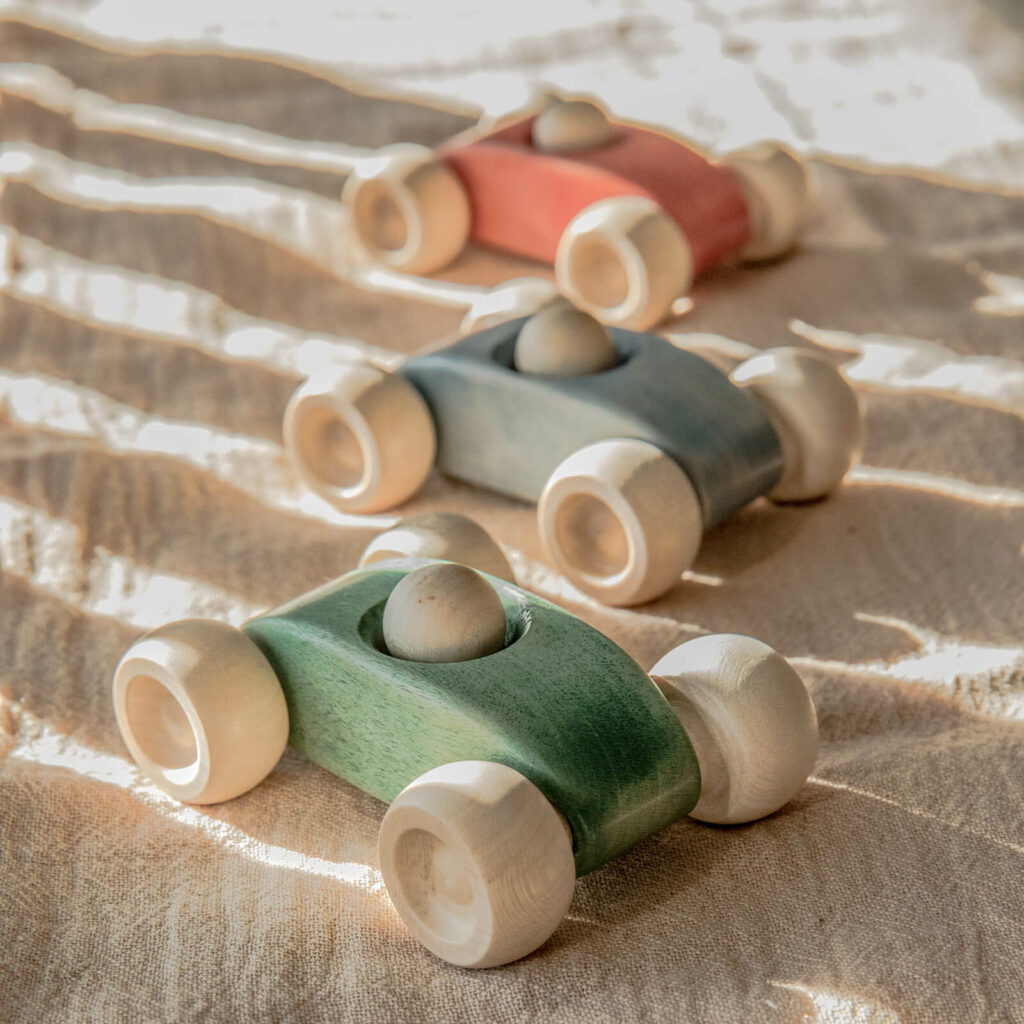
What Makes a Toy “Eco”?
Not all toys are created equal. Many mass-produced plastic toys are made from petroleum-based materials, dyed with chemical-laden paints, and packaged in layers of non-recyclable plastic. In contrast, eco toys are made using:
- Renewable materials like FSC-certified wood
- Non-toxic, water-based paints and finishes
- Minimal or recyclable packaging
These toys not only reduce your child’s exposure to harmful substances but also leave a smaller environmental footprint.
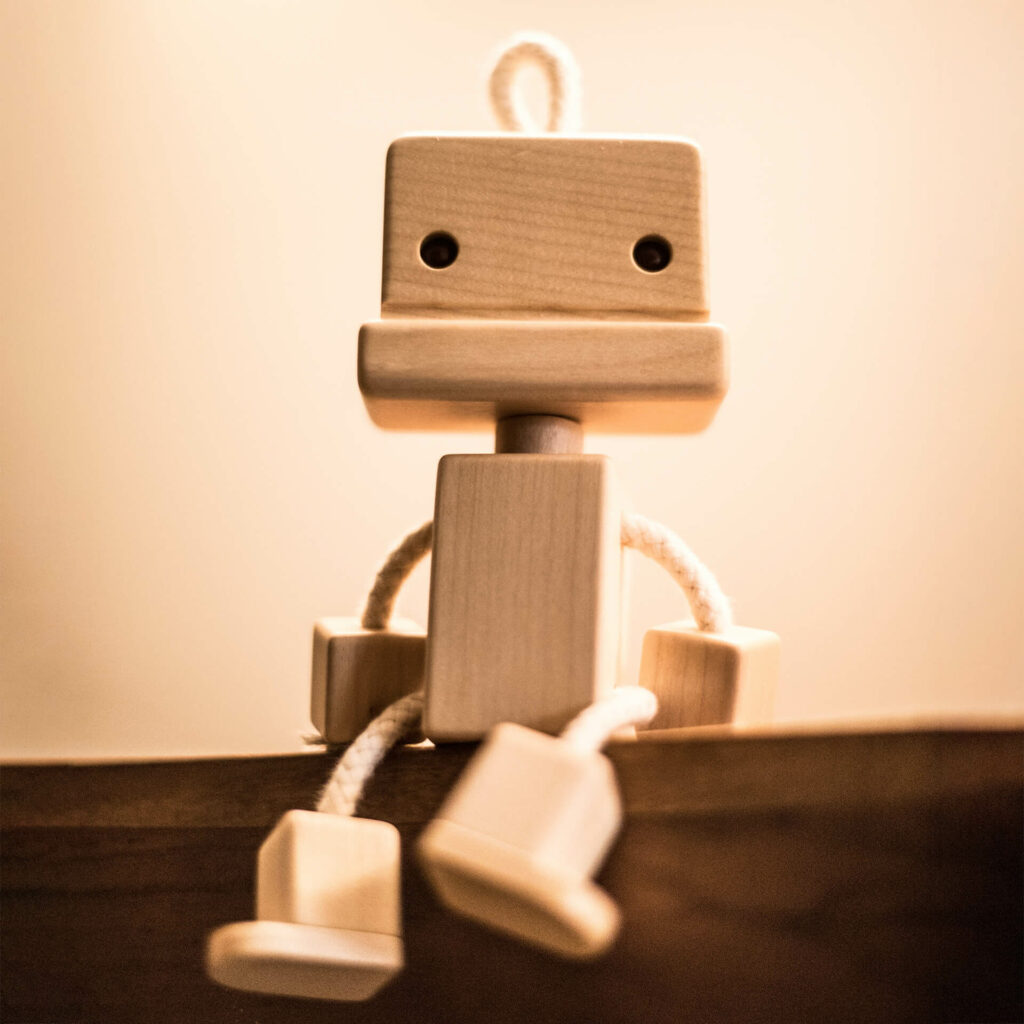
Why Eco Toys Matter for Child Development
Eco toys — especially wooden toys — tend to have minimalist designs that encourage open-ended play. They don't beep, flash, or instruct. Instead, they invite curiosity, creativity, and calm. This type of mindful play helps children:
- Improve focus and attention span
- Develop problem-solving and motor skills
- Build empathy and imagination
You can read more about the benefits of open-ended wooden toys in our previous post: Open-Ended Play and the Power of the Wooden Toy: How to Raise Smarter, Happier Kids.
Teaching Sustainability Through Play
Children learn through imitation. When they play with eco toys, they internalize values like care, conservation, and awareness. Choosing a toy made from wood instead of plastic isn't just a purchasing decision — it's a small but meaningful step in teaching your child to be kind to the Earth.
Whether it’s a doll made from organic cotton or a wooden car finished with natural oils, each item reflects a sustainable lifestyle that your child begins to recognize and replicate.
“Toys that are good for our kids — and for the planet.”
Behind the Scenes: Our Commitment to Sustainability
At OtBor Toys, sustainability isn’t a buzzword — it’s a core value. Here’s how we walk the talk:
- We use FSC-certified wood from responsibly managed forests
- All our paints and finishes are non-toxic and water-based
- Packaging is kept minimal and plastic-free
- Each toy is handcrafted in small batches to reduce waste
These choices help us stay aligned with eco-conscious families who want to make responsible purchases.
To learn more about the global standard for responsible forestry, visit https://fsc.org.
How to Choose the Right Eco Toy
When shopping for eco toys, ask yourself:
- Is it made from natural, renewable materials?
- Are the paints or glues non-toxic?
- Is the packaging recyclable or minimal?
- Will it encourage open-ended and imaginative play?
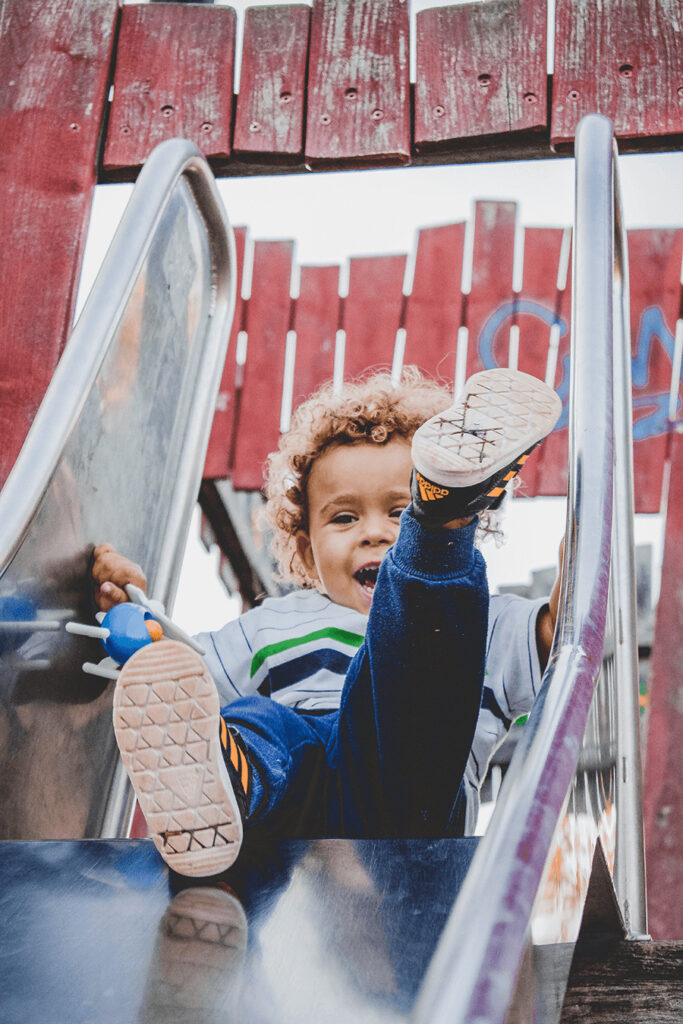
A great place to start is with our handpicked collection of sustainable wooden toys, all designed to support learning and protect the environment.
Choosing eco toys also means investing in longevity. Unlike mass-produced plastic toys that break easily and end up in landfills, well-crafted wooden toys are built to last. They can be passed down from child to child, becoming treasured keepsakes that tell stories across generations. Their durability not only reduces waste but also encourages a deeper appreciation for quality and care. As children grow, these toys remain part of their world — evolving from playthings to memories. With every eco toy you bring into your home, you're planting seeds of mindfulness, responsibility, and love for the environment.
Final Thoughts: Raising Eco-Conscious Kids
As parents, we want the best for our children. But “the best” shouldn’t mean the most expensive or the flashiest — it should mean the most meaningful.
By choosing eco toys, you’re not only fostering your child’s development but also helping raise a new generation that cares deeply about the Earth. And that’s a gift that goes far beyond playtime.
So next time you’re picking out a gift, think beyond the toy aisle. Think of the forest where the wood came from, the artisan who shaped it, and the child whose values are still being formed. That’s the quiet power of a well-made wooden toy.
Explore our favorite wooden toys here → Shop

